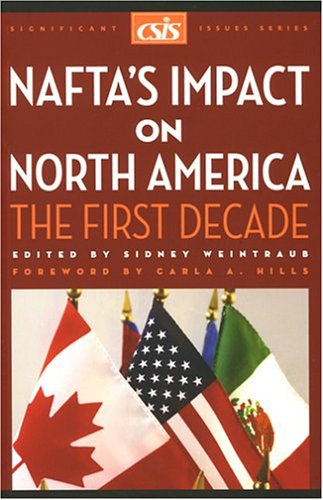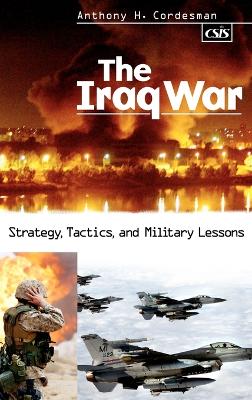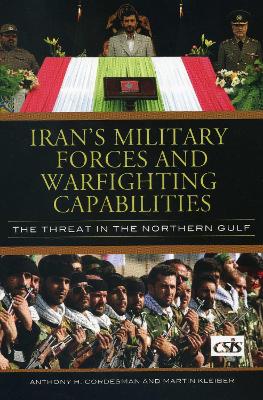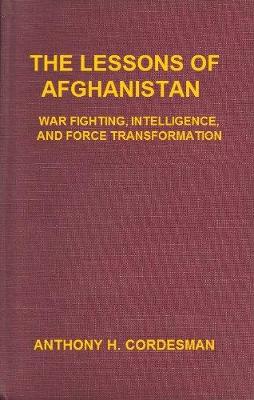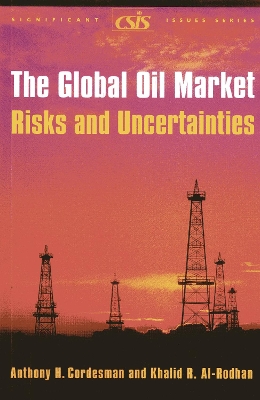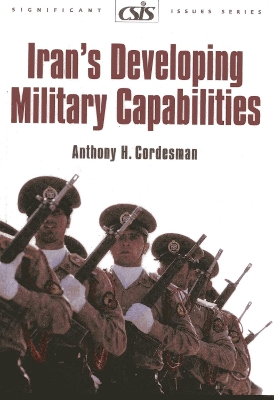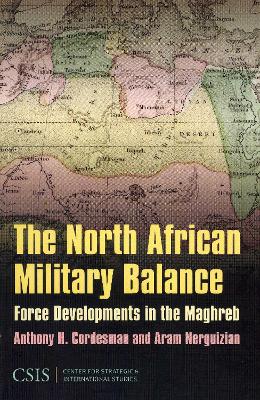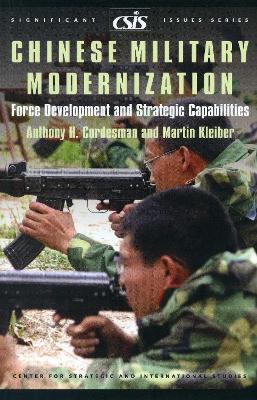Significant Issues
1 primary work • 11 total works
Book 26
In the spring of 2003, a stunned world watched the armed forces of the United States and Britain conduct a military campaign against Iraq. As a result, the Iraqi regime was dismantled, and much of the conventional wisdom about modern war was irrevocably altered. Yet as U.S. and British forces occupy Basra, Tikrit, and Mosul, the Iraqi nation has slipped into anarchy-and the phrase shock and awe has begun to sound more appropriate as a description of the war's aftermath, rather than its opening. Such has been the twisted trail of the Iraq War's dramatic events. But like so many other conflicts, the war ultimately seems to pose more questions than it solved. This book is the first in-depth analysis of the second war against Saddam Hussein's regime.
What are the repercussions of the pre-war political fights in Washington, Paris, and the UN? Was meeting initial military goals really due to Anglo-American arms, or had Saddam's regime simply been too degraded to fight? Why didn't Baghdad become a second Stalingrad? Why weren't the occupying forces prepared to impose order? And then there is the significant question: Where are Iraq's weapons of mass destruction? Respected military analyst Anthony Cordesman incisively examines the key issues swirling around the most significant U.S. war since Vietnam. Beginning the search for answers is essential to understanding America's awesome power and its place in a new age of international terror and regional conflict.
Iran's Military Forces and Warfighting Capabilities
by Anthony H. Cordesman and Martin Kleiber
Nations around the world are uncertain and anxious about Iran's intentions in the Middle East and the wider global arena. Its current president, Mahmoud Ahmadinejad, has made no secret of his opposition to Western society, particularly Israel, and his desire to acquire nuclear weapons. However, as Anthony H. Cordesman and Martin Kleiber point out, Ahmadinejad does not necessarily speak for the Iranian clerical regime, who operate in a cloud of secrecy and also directly control Iran's military. Given the ambiguous nature of Iran's global objectives, this new study focuses on the tangible aspects of Iran's military forces and takes an objective look at the realistic threats that Iran poses to the region and the world. The authors systematically assess each aspect of Iranian military forces from their conventional armies to their asymmetric threat via proxy wars in the region.
Much attention in national security debates is paid to Iran's intentions without first understanding its capabilities. Lacking such a fundamental understanding, much of this speculation tends to be wasted and irrelevant to what could actually happen in the event of a conflict. Cordesman and Kleiber's study provides, in meticulous detail, a basis for understanding the realistic threat that Iran poses to the Northern Gulf.
Iran's Weapons of Mass Destruction
by Anthony H. Cordesman and Khalid R. Al-Rodhan
The North African Military Balance
by Anthony H. Cordesman and Aram Nerguizian
